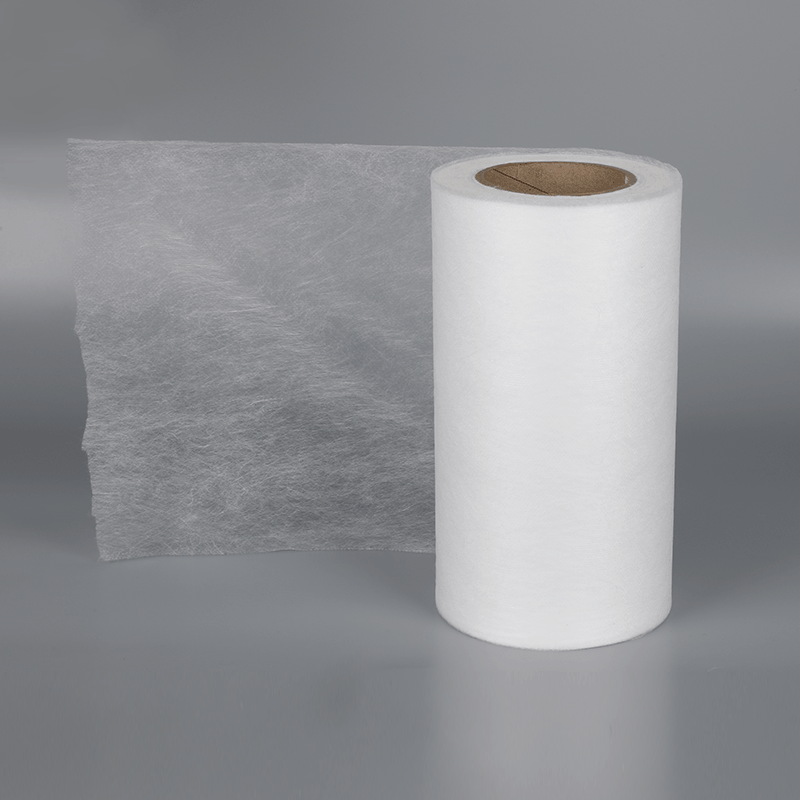Bi-component nonwoven fabric thermal bonding is a manufacturing process used to create cohesive nonwoven fabrics from two different types of fibers, known as bi-components. This process relies on the differential melting points of the two fiber types to create a strong and durable bond between the fibers without the need for adhesives or additional binding materials. Here's an overview of bi-component nonwoven fabric thermal bonding:
Fiber Selection: The process begins by selecting two types of fibers with distinct characteristics, typically one with a lower melting point and one with a higher melting point. These fibers are often referred to as the sheath and core components. The choice of fibers depends on the desired properties of the final fabric.
Fiber Extrusion: The selected fibers are extruded together to create a single bi-component filament. The sheath material forms the outer layer of the filament, while the core material is enclosed within.
Fiber Spinning: The bi-component filament is spun into a web of fibers, forming the initial nonwoven fabric. During this stage, the two fiber components remain distinct but are intimately mixed within the fabric.
Thermal Bonding: The key step in the thermal bonding process involves subjecting the nonwoven fabric to heat. Because of the differences in melting points between the sheath and core materials, only the sheath material softens and melts while the core remains relatively stable.
Fiber Bonding: As the sheath material melts, it acts as an adhesive, bonding the adjacent fibers together. This process creates a network of interconnected fibers, resulting in a strong and cohesive fabric structure.
Cooling and Solidification: After the thermal bonding step, the fabric is allowed to cool, causing the melted sheath material to solidify and harden. This ensures that the bonded fibers maintain their structure and integrity.
Final Fabric: The resulting bi-component nonwoven fabric consists of two types of fibers bonded together. The specific characteristics of the fabric, such as its strength, softness, breathability, and other properties, depend on the choice of fiber materials and their ratio.
Applications: Bi-component nonwoven fabrics produced through thermal bonding are used in a wide range of applications, including hygiene products (such as diapers and feminine hygiene products), medical textiles (like wound dressings and surgical gowns), automotive interior components, filtration media, and more. The versatility of these fabrics allows manufacturers to tailor their properties to suit the requirements of specific applications.
In summary, bi-component nonwoven fabric thermal bonding is a manufacturing process that leverages the differences in melting points between two types of fibers to create strong, cohesive, and customizable nonwoven fabrics. This method is widely used in various industries due to its efficiency and the ability to produce materials with a wide range of properties.
 Bi-component nonwoven fabric
Bi-component nonwoven fabric
